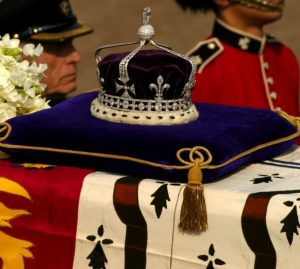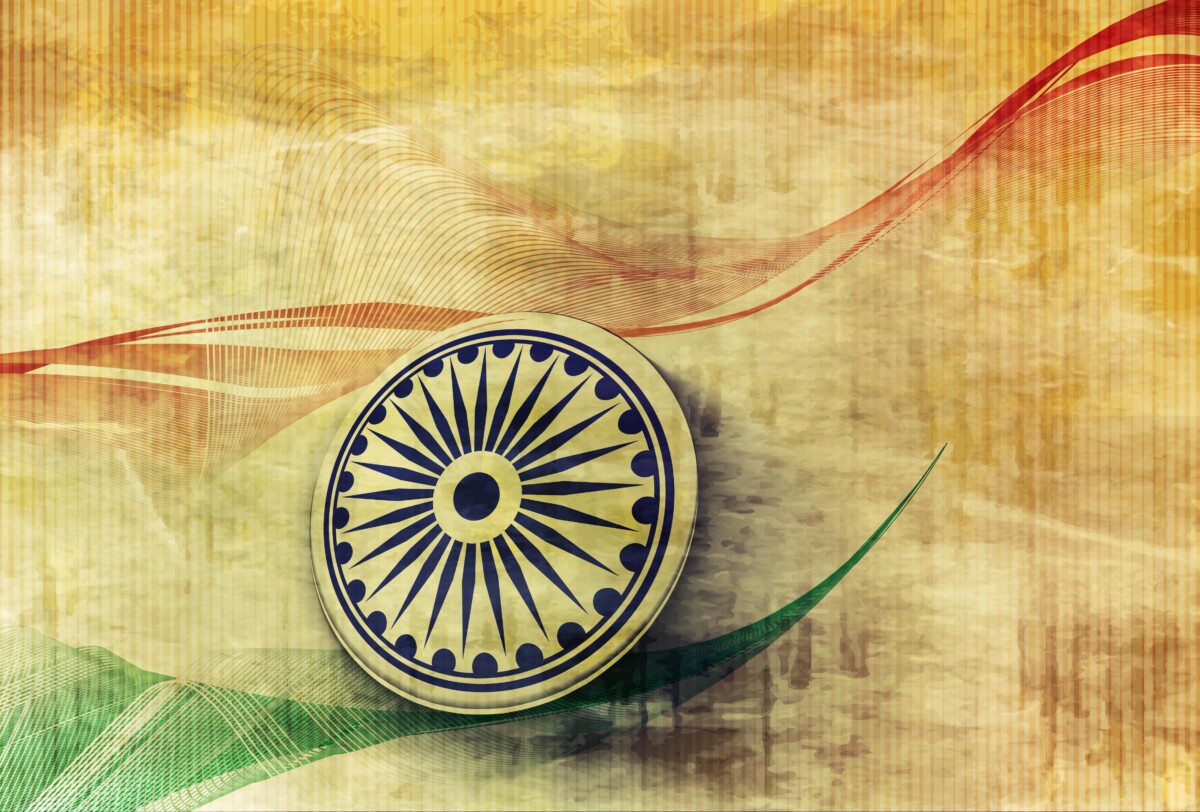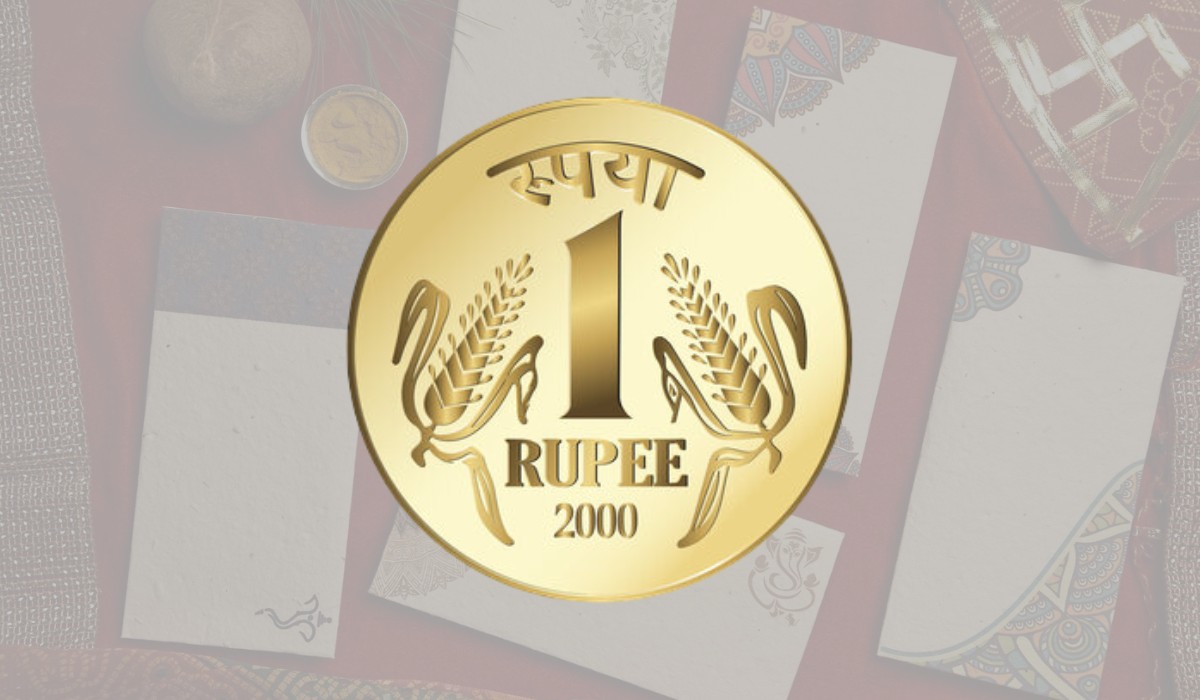The diamond came from India’s alluvial mines thousands of years ago, sifted from the sand. According to Hindu belief, it was revered by gods like Krishna—even though it seemed to carry a curse, if the luck of its owners was anything to go by. The gem, known as the Koh-i-Noor Diamond, wove its way through Indian court intrigues before eventually ending up in the British Crown Jewels by the mid-1800s. That was when a British amateur geologist interviewed gemologists and historians on the diamond’s origins and wrote the history of the Koh-i-Noor that served as the basis for most future stories of the diamond. But according to historians Anita Anand and William Dalrymple, that geologist got it all wrong.
Among the many precious stones that adorned the throne were two particularly enormous gems that would, in time, become the most valued of all: the Timur Ruby—more highly valued by the Mughals because they preferred colored stones—and the Koh-i-Noor diamond. The diamond- lodged at the very top of the throne, in the head of a glistening gemstone peacock.
Sikh King Duleep Singh gave Kohinoor to the British. There was a Public Interest Litigation (PIL) in the Supreme Court seeking the return of Kohinoor from Britain. In response to the PIL on April 18, 2016, Solicitor General representing Government of India desisted from making attempts to bring back the Kohinoor diamond stating that if they succeed then every other nation will start claiming items from Indian museums which would put Indian museums in a precarious situation.
Who is the Real Owner of Kohinoor Diamond?
There are many theories on the original owner of the Kohinoor diamond. It is a diamond with a very long competitive history with India, Pakistan, Afghanistan and Iran claiming the Kohinoor diamond. Kohinoor Diamond was in possession of various rulers, it came into possession of Kakatiyas, Alauddin Khilji, Babur, Shah Jahan, Nadir Shah, Ahmad Shah Durrani (Founder of Afghan empire), Maharaja Ranjit Singh and finally, it passed into the hands of British Monarch.
Where is Koh-i-noor Currently Located?
Kohinoor is now part of the British Monarch, Queen Elizabeth. It is currently on public display in the Jewel House at the Tower of London. Queen Victoria ceded the Kohinoor after the annexation of Punjab by the British in 1849. The British Government insists that the diamond procured through the Treaty of Lahore. Hence, it has therefore rejected claims from other countries.

Why is Koh-i-noor Considered as Cursed?
Kohinoor has gained the reputation within the British Royal family. For bringing bad luck to any man who wears it. History has shown that the diamond has changed too many hands. It was due to a great deal of fighting among various rulers.
“Flaunting the Kohinoor on the Queen Mother’s crown in the Tower of London is a powerful reminder of the injustices perpetrated by the former imperial power. Until it is returned—at least as a symbolic gesture of expiation—it will remain evidence of the loot, plunder and misappropriation that colonialism was really all about. Perhaps that is the best argument for leaving the Kohinoor where it emphatically does not belong—in British hands.”
― An Era of Darkness: The British Empire in India











